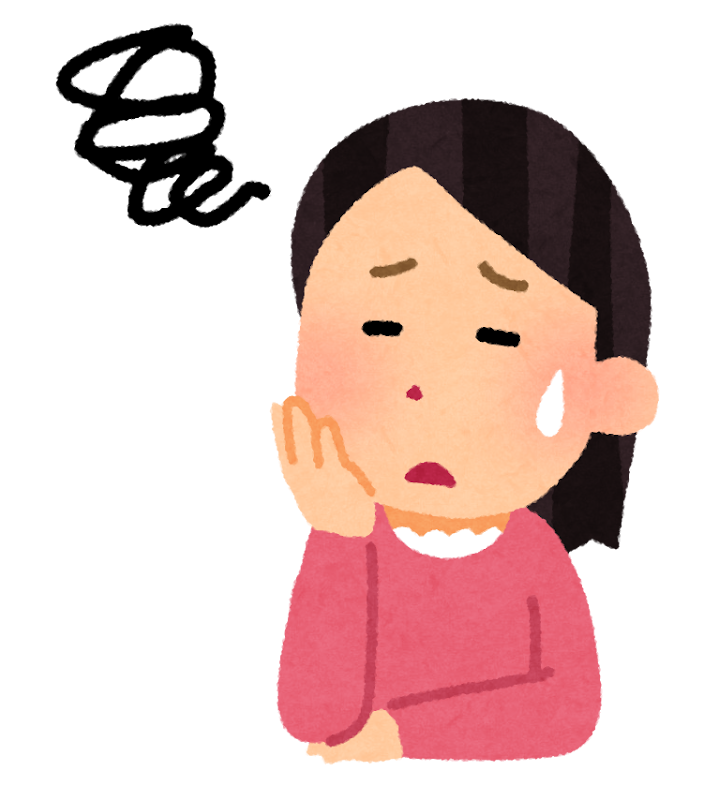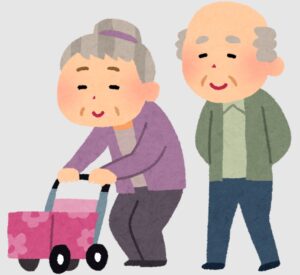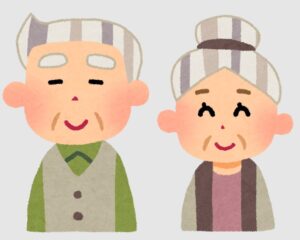管理人オススメコンテンツはこちら
「マーケティング戦略|不安を解消!真実のがんデータ解説」
〜前回のつづき〜
●保険会社が教えたがらない、がんの真実~“2人に1人”って、いつの話だよ~

がんに関するデータを
正しく読み解いてみましょう。
(1)がんは2人に1人かかる?

CMなんかでよく言われますよね。
これは
生涯でがんと診断される確率です。
(2020年データに基づく)
男性で62.1%
女性で48.9%
発表している確率です。
これは確かに正しい。
これがだから
がんが2人に1人かかると言われる
根拠です。
問題はいつそうなるのか?
という事なんですよね。
言い方がすごくずるい。

「2人に1人ががんにかかる時代です!」
と言われたら

「マジで!?」

「うわ!不安だ!」
となるじゃないですか。
問題は『いつ』そうなるのか?
時間軸が無いんですね。
男性の方が
確率的には高いんですけど
30歳の人が40歳までに
がんになる確率は0.5%です。
100人中1人もいない。
では30歳の人が
60歳になるまででも
がんになる確率は7%です。
これは
がんにかかるという可能性であって
亡くなってしまった人の数すなわち

死亡率ではないという事に
注意してほしいです。
がんになっても
生きてる人というのは沢山います。
だから
がんが2人に1人がかかる時代って

「2人に1人が必ずすぐにかかる」
「いつどうなるかわからない」
みたいな不安をあおって
保険に加入させようとする
保険会社のマーケティング戦略です。
ここをちゃんと
正しく理解しておきたい。
(2)がんになったら3人に1人亡くなってしまう?

2001年の
がんで亡くなってしまう割合というのは
31%でした。
実際に3人に1人が亡くなっています。
2023年は
男性24.7%(4人に1人)
女性17.2%(6人に1人)
に低下してきています。
(これが多いか少ないかは置いておきます)
(3)がん患者は増えているのか?

がん患者がドンドン増えている
みたいな事が言われています。
実際はどうなのか?
新規がん患者の推移ですが
2000年には56万人だったんですよ。
2020年には100万人になってる。
20年で1.8倍になっています。
不安をあおるには
十分な数字ですよね?
がんが1.8倍に増えてるから
という数字であれば
がん保険を売る立場であれば
このデータを使わない手は無いですよね?
ここで不安をあおりまくって

「ドンドンがんは増えてるんですよ!」
とか言えるだろうという気がしますけど
ではなぜ増えているのでしょう?
〜〜〜つづく〜〜〜
Special Thanks college president Ryo.

●おまけ
≪≪Chat-GPTくんによる要約→perplexityちゃんによる文章まとめ≫≫
「がんは2人に1人がかかる」という表現は、生涯でがんと診断される確率を示しており、男性62.1%、女性48.9%と国立がん研究センターのデータに基づいています。しかし、これは「いつか必ずかかる」という意味ではなく、例えば30歳の人が40歳までにがんになる確率はわずか0.5%です。
また、がんになっても多くの人が生存しており、「すぐに亡くなる」という誤解もあります。がんによる死亡率は2001年の約31%から2022年には男性24.7%、女性17.2%に減少しています。
新規患者数は増加していますが、これは高齢化が主な原因であり、年齢調整後の増加は限定的です。
こうした数字は保険会社のマーケティングに利用され、不安をあおるケースもあるため、正しい理解が重要です。
Citations:
[1] https://ganjoho.jp/reg_stat/statistics/stat/short_pred.html
[2] https://ganjoho.jp/reg_stat/statistics/stat/annual.html
[3] https://epi.ncc.go.jp/paf/evaluation/7956.html
[4] https://www.jcancer.jp/about_cancer_and_knowledge/がんの部位別統計
[5] https://seikatsusyukanbyo.com/statistics/2024/010805.php
[6] https://www.e-stat.go.jp/stat-search/files?page=1&toukei=00450173&tstat=000001133323
≪≪Chat-GPTくんによる英訳≫≫
~Continuation from the previous part~
【The Truth About Cancer That Insurance Companies Don’t Want You to Know — “1 in 2”? When is That Even True?】
Let’s correctly interpret the data related to cancer.
—
(1) “One in Two People Get Cancer?”
This is a phrase often used in commercials.
It refers to the probability of being diagnosed with cancer over a lifetime.
62.1% for men
48.9% for women
These statistics come from the National Cancer Center.
And yes, these numbers are correct.
This is the basis behind the statement that “one in two people will get cancer.”
The problem, though, is when this will happen.
The way it’s phrased is quite manipulative.
Saying, “It’s the era where one in two people will get cancer!”
If you hear that, you might think:
“Wait, really?!”
“Oh no, I’m so worried!”
But the problem is, we’re not told when this will happen.
There’s no timeline mentioned.
While men have a higher probability,
For someone who is 30 years old, the chance of getting cancer by the age of 40 is only 0.5%.
That’s less than one in a hundred.
Even by the time they’re 60, the chance is still only 7%.
This is the chance of getting cancer, not the chance of dying from it.
It’s important to note that many people survive cancer.
So, the claim that “one in two people will get cancer” is often a tactic to create anxiety, pushing people to buy insurance. Insurance companies use this strategy to make people fear the future.
We need to properly understand this.
—
(2) “One in Three People Who Get Cancer Die from It?”
In 2001, the percentage of people who died from cancer was 31%.
So, indeed, one in three people died from cancer.
However, by 2022:
24.7% for men (one in four)
17.2% for women (one in six)
This percentage has decreased.
(We can discuss whether this is high or low later.)
—
(3) “Are Cancer Patients Increasing?”
There’s a lot of talk about cancer patients increasing.
But what’s the reality?
Looking at new cancer patients, in 2001, there were 560,000 new cases.
By 2020, the number had risen to 1 million.
In 20 years, that’s an increase of 1.8 times.
This is a sufficient statistic to create anxiety, right?
If cancer cases have increased 1.8 times,
Insurance companies in the business of selling cancer insurance could definitely use this data to their advantage.
They might say, “Cancer is increasing dramatically!” and try to stir up fear.
But, the real question is: why is this increase happening?
Special Thanks OpenAI and Perplexity AI, Inc







